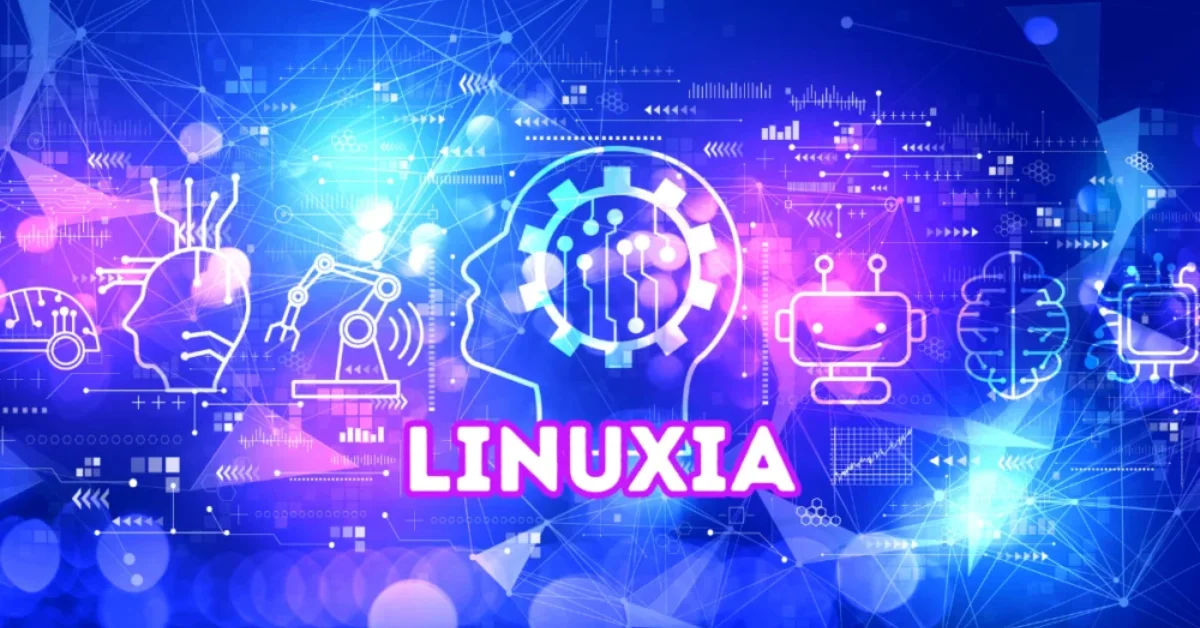A trip into the core of open-source computing is what Linuxia—a word invented to encompass the enormous universe of Linux distributions—represents.
Linuxia provides unlimited personalization and a rich ecosystem of free software, in contrast to proprietary OSes like Windows and macOS.
The Linux kernel, an open-source software component first created by Linus Torvalds in 1991, is its central component. Is there anything special about Linuxia that makes it stand out, and why should you take the plunge?
Recent Developments and News
The Linux world is buzzing with developments, but also facing some security challenges. Recent findings show a rise in ransomware targeting Linux servers, highlighting the need for vigilance. Researchers at Uptycs point to Linux’s growing popularity as a factor.
On the bright side, MySQL 9.0 just launched, bringing enhanced JSON support and improved event handling. This powerful database update streamlines data management for developers and businesses alike.
Meanwhile, the Indian Defense Services’ switch to Linux is a major development. This move could significantly impact the Indian tech landscape, pushing for wider Linux adoption and boosting vendor support for government projects.
However, security vulnerabilities discovered in the Linux kernel serve as a reminder that constant vigilance is crucial.
History and Evolution
Linus Torvalds, a student of computer science from Finland, developed the Linux kernel in the early 1990s, marking the beginning of Linuxia’s illustrious history. He set out to create an open-source operating system that would compete with Unix but be free and available to the public.
Linuxia started to change fast as more and more developers from all around the world worked with Torvalds. The group’s combined efforts resulted in a number of distributions that cater to specific user requirements.
As time went on, Linuxia’s adaptability, security features, and affordability made it a popular choice among companies and computer enthusiasts alike. Improvements and innovations may be made continuously because to its community-driven development methodology.
The ever-increasing use of Linuxia on desktops, laptops, servers, smartphones, and even embedded systems is proof positive of the efficacy of open-source cooperation in the modern day.
Key Features and Innovations
- The open-source nature of Linuxia is one of the standards by which it is characterized. This permits everyone to see, copy, and modify the source code, as well as make as many copies as needed. As a result, everyone is more invested in finding solutions to problems and more willing to pitch in when needed.
- Regardless, Linux is available in a wide variety of flavors, or distributions, for short. This is why every distribution caters to a unique set of needs and preferences. Ubuntu, Fedora, and Debian are among the most popular Linux distributions.
- Safety: These are just a few of the many reasons why Linux is a very secure OS. When compared to other OSes, this one isn’t as vulnerable to malware and viruses. This is why it’s used in places that demand top-notch performance, such as servers and critical systems.
- Personalization: Linuxia’s great level of personalization makes it very adaptable. From the way it looks to how fast it runs, the user has a great deal of control over the operating system.
- Linuxia has a large and welcoming community that is always there to help. A lot of places exist where individuals may go to get answers, share what they know, and collaborate on projects.
Industry Applications and Use Cases
Linuxia has gained widespread adoption across various sectors, owing to its versatility and open-source nature. In enterprise solutions, Linuxia powers servers and data centers due to its stability, scalability, and cost-effectiveness. It serves as the backbone for critical operations, offering robust security features and customizable configurations that meet enterprise needs.
In the realm of IoT (Internet of Things), Linuxia plays a crucial role in powering connected devices and smart appliances. Its lightweight footprint, compatibility with diverse hardware architectures, and extensive library of drivers make it ideal for embedded systems, enabling seamless connectivity and efficient data management.
Furthermore, Linuxia has carved a niche in consumer electronics, powering a range of devices from smartphones to smart TVs. Its flexibility allows manufacturers to customize user interfaces and integrate with various applications, enhancing user experience and device functionality.
Overall, Linuxia’s widespread adoption underscores its adaptability and reliability across enterprise, IoT, and consumer electronics sectors.

Future Prospects and Trends
The future of Linuxia appears to be filled with limitless possibilities. Growth and innovation have limitless possibilities with the help of a committed community of creators and technological developments.
Among those seeking a safe and adaptable OS, Linuxia is likely to maintain its rising popularity. Its open-source status and adaptability make it a good fit for both people and companies.
As far as development goes, we should anticipate enhancements to performance, UI design, and hardware device compatibility. Maintaining Linuxia’s competitiveness in the dynamic technology scene is ensured by the smooth incorporation of new features and upgrades.
Additionally, users may take use of a broader range of tools and software that are specifically designed for their needs as more programs are optimized for Linuxia. The entire user experience will be significantly enhanced by this growth of accessible resources.
The continued development and adaptation of Linuxia to fulfill the evolving needs of contemporary computer environments bodes well for its future.
Conclusion
Linuxia stands as a beacon of innovation and community-driven development in the world of operating systems. Its open-source nature fosters a rich ecosystem of customization and collaboration, contrasting sharply with proprietary alternatives.
Recent developments highlight both its strengths and challenges, from enhanced database capabilities to heightened security concerns. Embraced across the enterprise, IoT, and consumer electronics sectors, Linuxia continues to evolve, promising a future marked by continued growth and adaptability.
Read More: Innovative Micro Technology: Transforming Industries and Shaping the Future
As it navigates security challenges and expands into new domains like governmental deployments, Linuxia remains poised to shape the future of computing with its robust features and dedicated global community.
